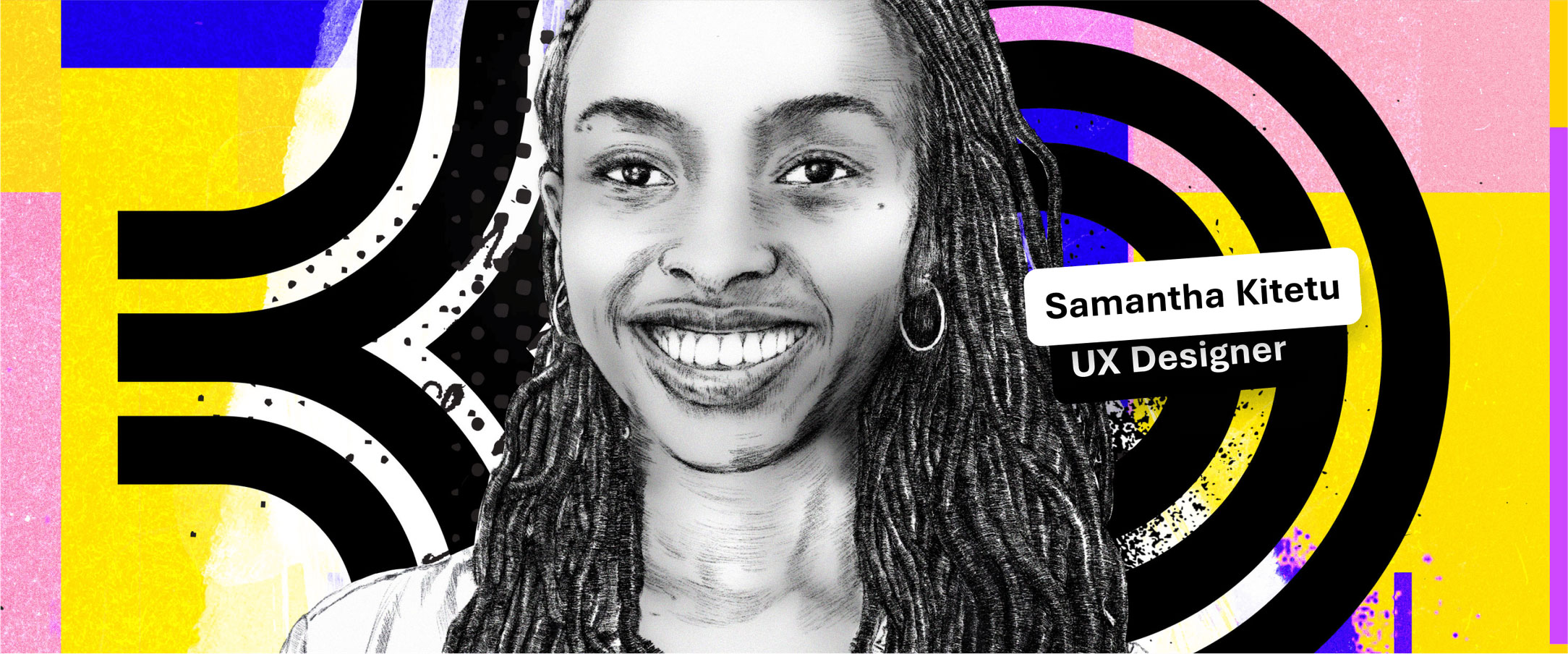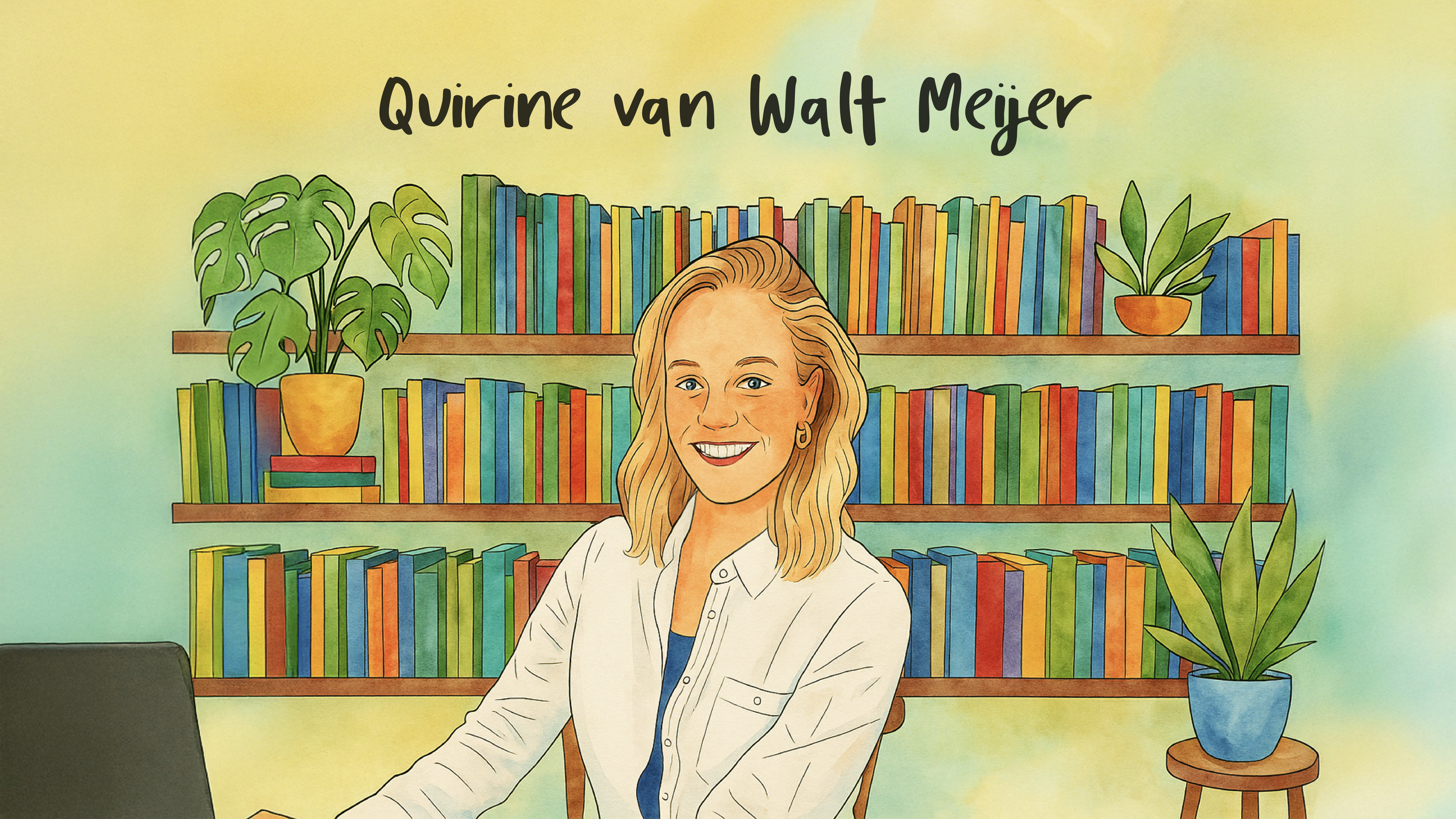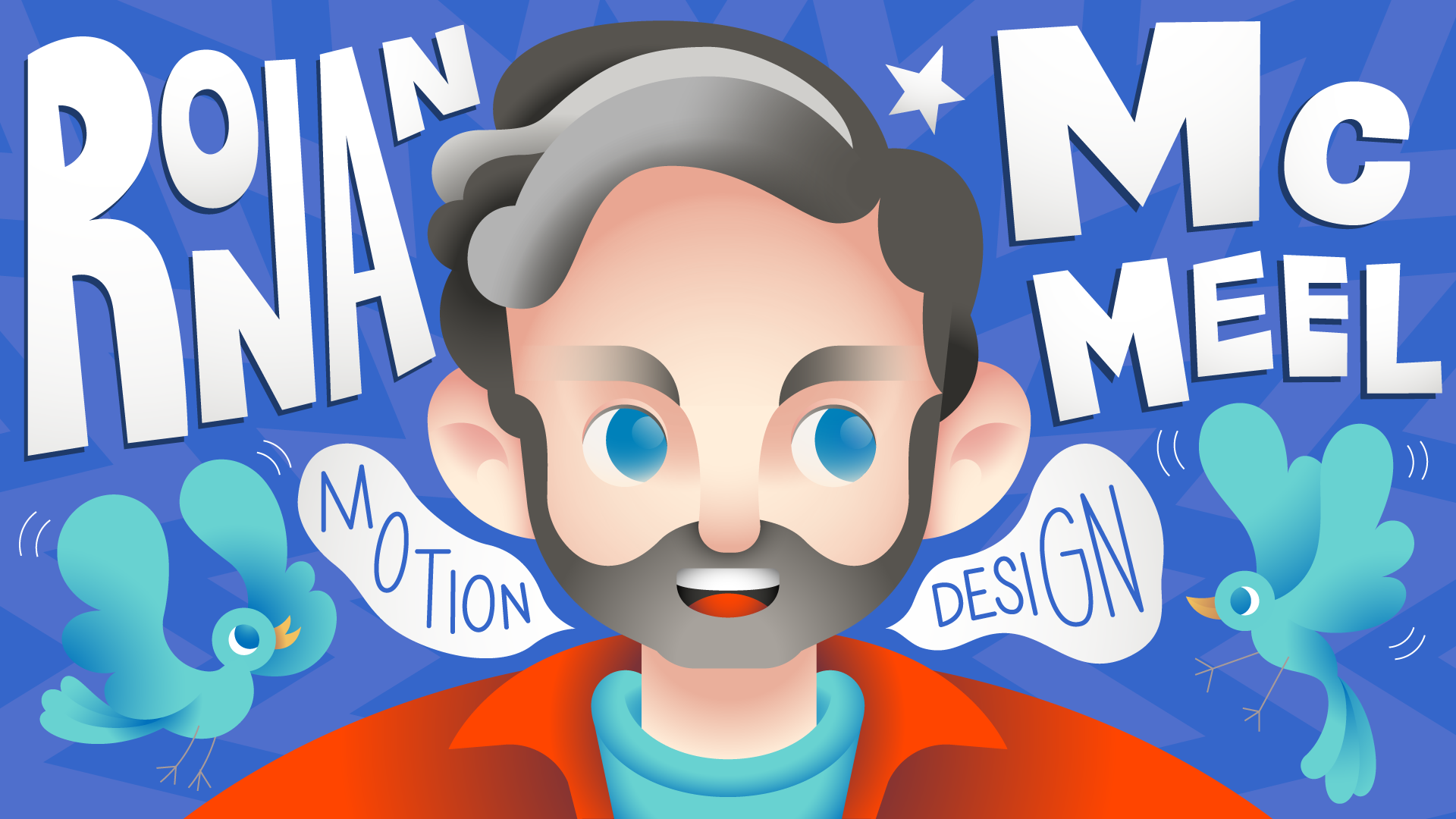Meet Studio +254: UX designer, Samantha Kitetu
Samantha Kitetu, a UX designer, sits down to talk with Ohemaa Dixon to discuss her journey in UX design so far in Nairobi, Kenya

As a global collective, over one-third of the Microsoft Design community resides outside of our United States headquarters. With the growth of our community, dedicated design centers have also expanded worldwide. This post launches a series of conversations we’ll be having between folks across Africa, India, China, Latin America, and more. Beyond the fact that we’re more digitally connected than ever before (hello, hybrid!), disparity gaps are also more pronounced than ever. Global perspectives aren’t just ancillary but an integral need in our society. There’s no doubt that folks beyond U.S. geographies will solve many of our world’s most pressing problems, and we’re loving the rise of international UX.
Today, we’re thrilled to continue introducing our Nairobi Design Studio in our “Meet Studio254” interview series. In the third interview from this series, Samantha Kitetu, a UX designer from Nairobi, Kenya, joins Ohemaa Dixon, Design Strategy Lead, to share her journey, learnings, and unique perspective on her unconventional path to becoming a designer at Microsoft.
*This interview has been edited for clarity and length.
Dixon: So, we’ve been having these interviews with different folks on the design team in Nairobi and I feel like we kind of start them with always asking, like, what’s your name, what’s your role? I want to start backwards for this one. One cool thing that you told me about when we were first talking is that you are or were a painter, right?
Kitetu: [Laughs] Yeah, when I was younger but now a more prevalent part of my life is being a musician outside of my work in design.
Dixon: Oh, really? I think it’s interesting tracing backwards, thinking where you’re at now creatively and then going back to the origin point. It’s a bit of an unintentional mind exercise…
Kitetu: Yeah, having this creative side, I’ve always had this need to kind of express myself creatively, and when I was younger, it was through painting. I did a couple of painting competitions and won some awards. But then, being younger, I realized I also really loved another medium — music. It was the same thing, just that need to express myself and manifesting through art and music.
Dixon: It sounds like you’ve always had a need to create and a desire to express from a young age. What’s the connection point between the desire to create and express yourself at a young and where you are now in design?
Kitetu: I think it was more than serendipity was at play. I always thought my creative side was more something that I do outside of work, right? It’s not something that I can pursue or incorporate in my work. But I think I have this huge stem and analytical kind of science, passion, and drive. My mind was always more analytical. This is what I needed to pursue — something in that vein to make it in life and to make money out of it.
So, from that vein of thinking, I thought I would focus on becoming a doctor or a research scientist– and then when that didn’t fit, I tried to traditionally pivot into tech through computer programming and software development because I thought that’s how my brain is wired. But then I discovered how my creative side could exist in technology through design. It was like, oh wait, there’s something that I can do that lights up every part of my mind. Design actually brings in the creative aspect, and the analytical part together as one. So, I feel like it’s kind of serendipity that I found this relatively new field. It came out at like the perfect time when I wanted to jump into it.
Dixon: So, you talk about a new field but just to rewind with your strong STEM background — what brought you to UX design versus going the engineering route, considering that you did have an analytical and engineering side to you.
Kitetu: Yeah, I think I just discovered that my mind seeks more of the creative. You know, you can think that your mind is probably more analytical — that’s how you’re wired but then discovering the design and creative side can really open possibilities beyond traditional paths that said, “You’re either this way or that way”. It’s like you get this blank canvas to operate on and also work with developers in the same way. I remember when I was doing software development, I wasn’t connecting with the work and the end product in the same way that I now connect with through UX design.
Dixon: I have so many questions I can ask you, but let’s finally discuss your role maybe for some context. How would you define your role in the simplest terms — what do you do?
Kitetu: I am a UX designer and by extension a UI designer as well–I make products exciting and delightful to use.
Dixon: Do you ever think of yourself as a translator? Figuring out how to best take source material or capability and make it work for someone?
Kitetu: Yeah. It’s interesting because in my mind, that’s what a UX designer should be doing. You’re taking this complex thing that you want people to be able to do, and you can see when developers approach it in their development mindset — there’s a huge difference between an app built by a developer versus one that has a designer.. And that’s why you have to be able to translate the user’s needs. So, you’re kind of like that bridge. Seeing yourself as a translator is a perfect definition.

Dixon: Speaking of translating, you’re in Nairobi due to the fact that Microsoft has global design centers around the world. Can you tell us more about your role now in context of where you are, how you make products exciting, and share more about the Nairobi Design studio, which was recently named Studio 254.
Kitetu: Yeah, I think it’s a truly exciting group because we’re working horizontally on global products and it’s awesome to come together. It’s not just local products here in our region — we work on the development of products you may be using right now. We have different backgrounds and perspectives, and we bring a unique outlook to these products coming from an African perspective and lens. We’re not building products specifically for sub-Saharan Africa or a specific group, but you’re still able to collaborate with people that have a unique background and share your lens in product making to truly make global products. There’s so much diversity in the sense that people are coming from so many different backgrounds and coming together to make products come to life through design.
Dixon: You mentioned earlier the topic of UX being newer as a discipline — not in terms of its actual existence, but in people’s ability to broadly access it.. There’s been a huge influx of UX designers in the past five to ten years due to need and easily accessed education tools. And there’s a lot more accessibility, access, and diversity intrinsically woven into it versus let’s say with a capital “D” because of who gets to have access to it and how. I’d love for you to talk a little bit more about the state of UX, and your experience of it, in Nairobi. What’s your experience in this new wave of UX and what makes it exciting for you?
Kitetu: There’s still so many schools of thought of what UX is, what it’s not, and what you have to do to be UX designer. But when I say relatively new, I’m also speaking about where I’m located here in Nairobi. When I would first bring it up, to many, it was unfamiliar. The thinking was that you were either product manager or a software developer at the time. So, for me, it was really exciting to find this field that’s still globally being defined and redefined. And at that time, there were a lot of resources that were becoming more accessible. I think that’s what made it exciting because people were trying to define what this industry is, what it takes to be a UX designer, and a lot of it was discovering that you can come from any background. It was more exciting because not many people knew about it here and because of that those that did were also part of creating the UX community in Nairobi– one that’s truly a collective and centers on sharing education and opportunities.

Dixon: What was your journey specifically in UX education? I believe actually, if I’m not mistaken, you learned through an apprenticeship. Can you talk to me a little bit about your journey and education in UX and what that pathway was for you — traditional or non-traditional?
Kitetu: After I finished my degree, I realized I needed at least a year to figure out how to upscale to something else in tech because it was a really exciting field. So, it started with software development and and evolved by being introduced to different people in design.
From an educational perspective, I found this course online for IDEO human-centered design, which involves you working with people in your community to solve a challenge through the design lens — which really helped awaken design thinking for me.
After doing a few software development courses, I also started a six-month leadership program called ALX. It wasn’t a design or tech related course, but more of leadership and soft skills training. But they had an amazing product design team, which I attached myself to by force. I just wanted to understand how design functions, especially as part of the product development team in a company. I was blessed enough to have good managers and mentors in that early stage. They really help me cultivate my design skills and how I think through different design principles.
After graduating from that program, I landed my first design role. I started out in a design apprenticeship, which is unpaid and builds to a junior design position, and then eventually a mid-level design role. Then I moved on to another company, where I was a solo designer and by extension a design lead. I think apprenticeship and mentorship played a huge part in growing that initial foundation.
Dixon: UX education is cool and exciting because it’s so broad. There are so many different entry points, but would you have any advice or tips for anyone wanting to figure out how do I learn UX or about finding a mentor?
Kitetu: Yeah, I would say, first, it’s very challenging. There’s a lot out there. You can take programs, you can do all these online courses and things like that, but there’s still a lot of UX/UI information and sometimes that broadness can be daunting. There are always people within the community that are happy to help, even joining something like ADP list, which is a mentorship platform where you can connect with mentors. I think it’s very easy to discourage yourself when doing this, because you naturally compare your work with their portfolio, which is amazing, but it gives you something tangible to work towards.
Dixon: Speaking of portfolios, creatively — who inspires you or what things do you love, either creatively in general or related to design?
Kitetu: I think the amazing thing with design is that you have so many UX designers. My inspiration — I really like photographers, like Thandiwe Muriu. Her work really inspires me and how she approaches the lens of what she does, like the woman and the art that brings that woman out. I think it’s really exciting to see, honestly. And another photographer, Mutua Matheka, I think they’re all very Afro-centric.
In the design space, there’s Femke. I really like her approach to design education, and how she goes about it. And I think that really helped, not even watching how to design, but watching people’s journeys and how they navigated it.
Dixon: Writing all these down, for my own enrichment. Thank you, Sam.
Kitetu: Thank you so much, Ohemaa.
Read more
To stay in the know with Microsoft Design, follow us on Twitter and Instagram, or join our Windows or Office Insider program. And if you are interested in working with us at Microsoft, head over to aka.ms/DesignCareers.

Vibe coding makes prototyping close to code, closer to users
Meet Quirine, a computational design manager exploring how AI reshapes the way her team builds and test ideas

Breaking the mold: Braz de Pina on the evolution of creativity and design in this AI era
Meet Braz De Pina, a Principal Product Designer for Microsoft’s Experience Collective Horizontal Design Studio

